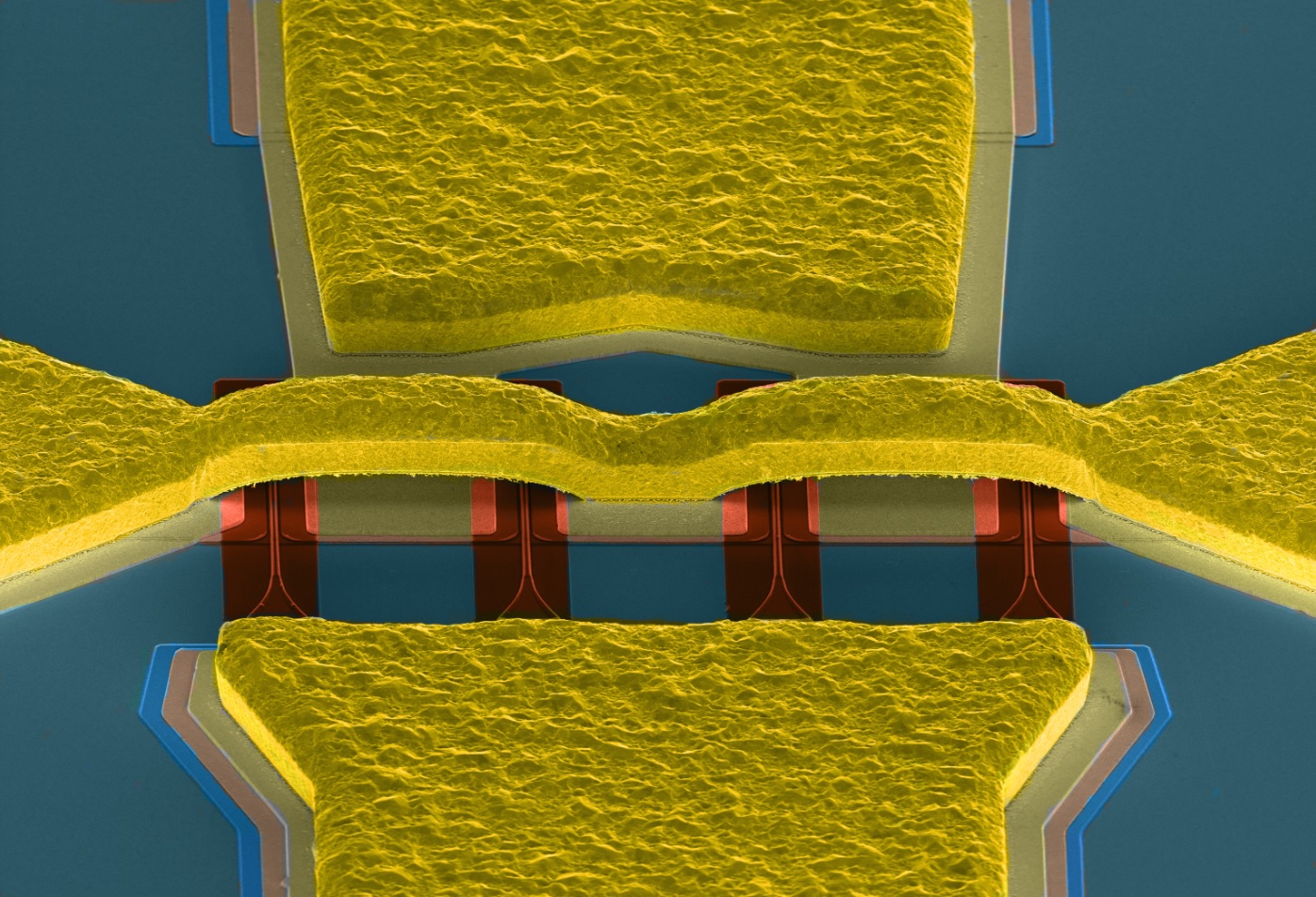ESA Collaboration
As the ESA high-impact ROSETTA "Comet Chaser" mission is coming to its conclusion following a more than 12-year space odyssey, it is appropriate to underscore that a transistor technology developed by the MWE group in D-ITET is playing a key role in the scientific data returns from many Deep Space Missions of ESA, including ROSETTA.
The InP High-Electron-Mobility Transistors (HEMTs) developed for the ESA by Prof. Colombo Bolognesi's MWE group in the ETH FIRST Laboratory are used in the Agency Deep Space Network (DNS) ground stations to amplify the extremely weak data-carrying signals sent back to Earth by deep space probes from several millions of kilometers away.

It should be understood that signals sent back to Earth are extremely weak, meaning roughly the power of the lightbulb is transmitted back from space probes due to on-board spacecraft power limitations and because the signal strength decays with the square of the travelled distance. For ROSETTA, this corresponds to a distance of about 5 Astronomical Units (AU=average distance between the Earth and the Sun, or approximately 150 million kilometers). ESA's DSN ground stations use a network of large 34m diameter antennas in Argentina, Australia and Spain to capture as much signal power as possible. From that point on, the MWE's "Super-Low-Noise" transistors cooled to 15K (-258°C) amplify the extremely weak detected signals so that they can be decoded and the scientific data recovered.
Because signal-to-noise ratio affects the maximum achievable data rate of communications channels, advances in low-noise transistor performance by Prof. Bolognesi's MWE groups have allowed ESA to significantly increase its downlink data rates from its deep space missions. This is a critical consideration for ESA because of two factors:
- Large quantities of data are gathered by the many instruments on any given mission. For example the ROSETTA orbiter analyzed comet 67P/Churyumov-Gerasimenko and its environment with 11 instruments that generated more than 218GB of data that were transmitted back to Earth.
- Such large masses of data must be transmitted to Earth as fast as possible so as not to overflow on-board data buffers, and so that time-critical mission commands can be relayed back to the space probe during "fly-by" phases near space objects. Measurement opportunities will be lost unless this is done in a timely manner.
A letter of appreciation from the Head of ESA's Ground Stations Engineering Division Dr. Klaus-Jürgen Schulz underscores the unique role played by the MWE technological developments for ESA and Europe.